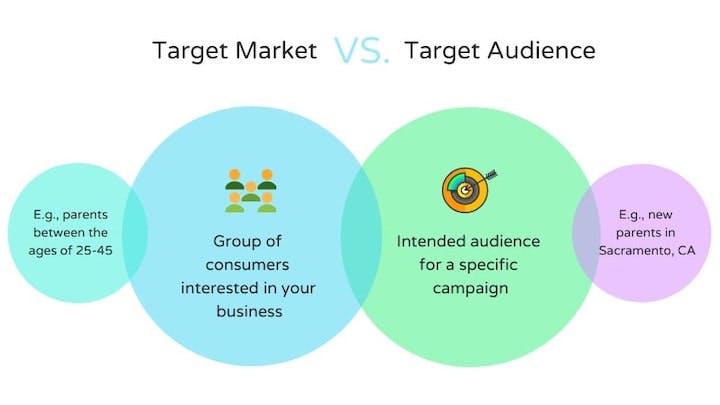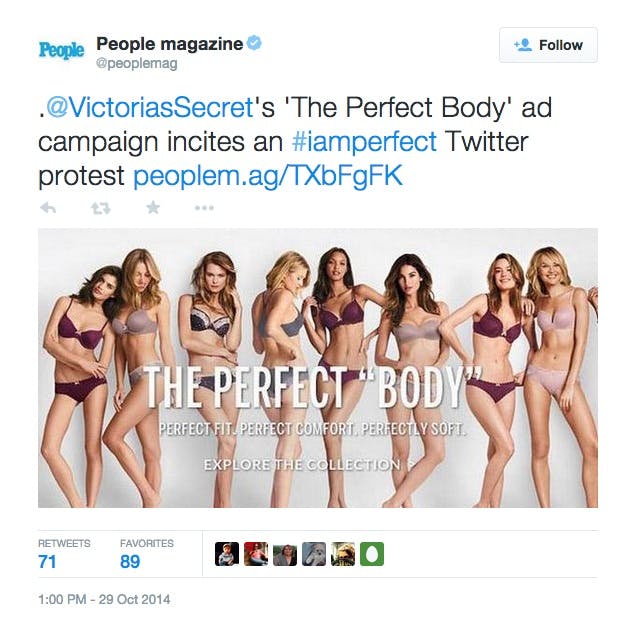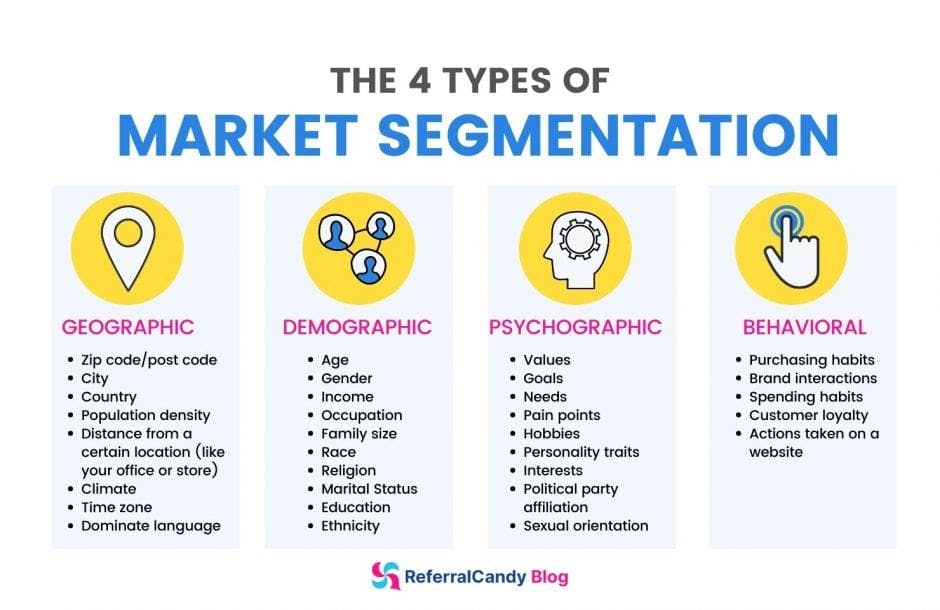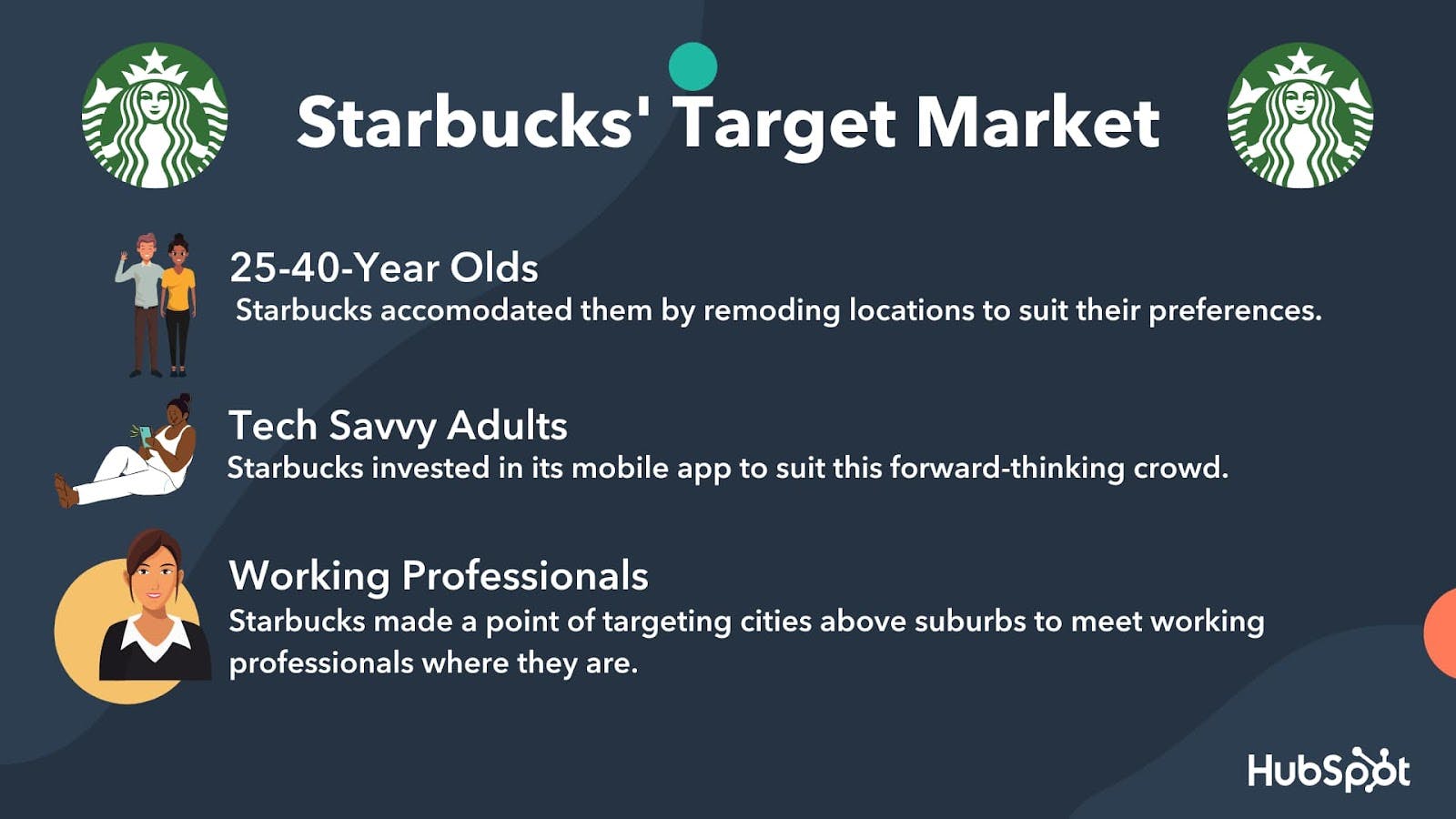Target market: how to define it with examples
May 26th, 2022

Every single day companies manufacture billions of products and sell them on international markets. But not everyone is their potential customer. Each item has a distinct group of buyers interested in a purchase. To attract these people’s attention, companies make changes to products. However, targeting particular groups does not mean excluding the others. Instead, it is an opportunity to craft a brand message intended for people who understand the value of the offer.
Identifying the target market allows you to find your niche, make informed decisions concerning a product’s design and packaging, increase operations efficiency and improve competitiveness. When you know the target market, you can easily tailor marketing activities to encourage customers to complete a purchase. Moreover, with target marketing, small firms can compete with giant corporations by focusing on a niche market.
What is a target market?
Target market is a group of end-consumers with similar characteristics, such as age range, income, lifestyle, or location, who are most likely to buy a company’s products or services or the most profitable segments for business. The target market encompasses individuals or organizations for which a company creates and applies a marketing mix considering their requirements and expectations.
The term is often confused with ‘target audience’; however, there is a clear difference between the concepts. The target market refers to the potential customers for a company’s products. In contrast, the target audience is a specific subgroup of the target market, which is the focus of the brand’s advertising efforts. Sometimes target market and target audience for the marketing message are the same groups.

To identify the target market, companies divide the entire market into segments and develop strategies for each set of consumers to adjust the products to their needs. A choice of the target market is based on the research of market segments that have the most potential for the company. A business may also focus on several needs and identify a primary target and a secondary target. In this case, a company focuses its marketing efforts and directs most of its resources to the primary market. At the same time, a secondary target is usually smaller and less crucial for product promotion.
A company can define a target market at different stages of business growth. For example, creating a new product from scratch requires developing the concept, understanding demand, and researching its target audience. Business owners and sales teams analyze the audience’s interests and preferences and study their buying habits and media channels they use. Under other circumstances, when a company is undergoing changes or wants to expand into new markets, defining the target group of customers is a critical and indispensable step to ensuring business success.
For many years Victoria’s Secret was one of the most popular lingerie brands globally. Since the creation of the brand, it has involved tall and thin models in fashion shows and advertising campaigns. The company usually targeted women aged between 25 and 45 with an income higher than average. As time has passed, millennials have become the primary buyers of the brand's products. The majority of these people share the ideas of body positivity, self-acceptance, and feminism, but Victoria’s Secret has not taken this into account and failed to react to changes in the target market.
In 2014, the company faced harsh criticism when it launched ‘The Perfect Body’ campaign that appeared with a photo of skinny models on the website and in stores in the United Kingdom. The campaign received tons of negative reviews on Twitter as Victoria’s Secret customers found the phrase ‘the perfect body’ offensive to women who do not have the ‘perfect’ body sizes. Later, in 2016, Victoria’s Secret advertisement on Facebook sparked great outrage over the use of the provocative picture. The female consumers accused the company of advertising the products to men.

In contrast, the experience of Aerie, another lingerie brand, has shown that sales are soaring when companies provide more accurate images of real women aimed at a female audience. When Aerie abandoned the use of Photoshop, its sales increased by 32%. As a result, Victoria’s Secret has learned the lesson and finally decided to change the brand image completely. It began promoting body positivity and focusing on inclusivity and diversity.
Thus, we concluded that the proper choice of the target market is one of the pillars of success. Now we will learn how to define the target market.
How to define the target market?
Defining your target market seems to be quite challenging. However, if you break the process into clear steps, you will be able to figure out the right market segment without much effort. Let us discuss how to uncover the target demographics for your brand in detail.
Analyze your product or service
Make a list of your product’s or service’s features. If you offer several types of products, you may need to focus your marketing efforts on a single product or product line. Then write the advantages that each feature provides to a customer. Finally, think about how your product or service improves or simplifies somebody’s life.
You need to look from a consumer’s point of view and understand what motivates people to purchase your product. Consider the characteristics of your offer that differentiate you from competitors. To learn this information, speak to customers and ask them to provide testimonials. Conduct extensive competitor research to find the difference between your products. In addition, list your company’s advantages, such as specific areas of expertise, experience in particular markets, or unique knowledge of a geographical region.
Analyze the pain points and specific problems the product solves for consumers. Think about people who will have the most difficulty with these issues and those who will lose the most if the problems are not resolved. Ask yourself what needs your product fulfills and what desires it satisfies. You will attract the right audience if you prove that not addressing the problems is higher than the cost of solving them.
Look at your existing customer base
Gather more information about your current customers. Try to identify similar patterns in their characteristics: age, gender, income, location, lifestyle, values, or behavior. This data will be useful in marketing your product to people who share common interests. If you are just starting your business and do not have a large customer base, the below-mentioned practices will be helpful in the future.
You can find information about your customers using social media and email analytics platforms and website analytics tools like Google Analytics. Pay attention to age, and consider whether the consumers belong to the same decade or generation. Next, check the location where the majority of your clients reside. Take into account countries, cities, regions, and languages your customers speak. Finally, analyze socioeconomic factors that can influence people’s buying decisions, such as the financial capacity of your audience and their occupation. The additional factors for consideration are hobbies, interests, and beliefs.
If you are a B2B company, you need to study the common features of companies and detailed information about your buyers within these companies. The characteristics of the companies include business size, physical location, the industry in which a company operates, and costs companies can spend on your products. The features of the buyers you need to consider are their roles, demographics, areas of responsibility, and requirements.
Perform market research by using surveys, focus groups, and in-person interviews to determine the needs of your target market, the reasons they purchase your product, and the ways to improve the offer. You can also collect data about the clients from your CRM database or POS. Organize the gathered information in a convenient form to identify trends and then use these findings to adapt your go-to-market strategy to a target market.
Take a closer look at your competitors
If your competitors offer a similar product, pay attention to the customers they are targeting and the channels they use to reach the clients. Run a detailed SWOT analysis of the competitors. Avoid competing in the same market. You might discover a niche market they are overlooking.
Look at their websites, blogs, and social media platforms. Try to understand their segmentation strategy and identify their ideal customer. Consider whether they target multiple markets or focus on a specific one. Pay attention to the methods your competitors use to promote the products. Analyze their tone of voice, brand management practices, posting schedule, and product features they emphasize.
Sign up for competitors’ newsletters and follow their social media pages to understand what it is like to be their customer. Look through the comments to discover who is responding to their content. Examine the most popular social media and blog posts to understand whether these materials have common features in terms of marketing or branding. Think about the needs and interests the publications address and consider the features and benefits that are most appealing to the consumers in your industry.
Define your market segments
Once you have collected the information about your target consumers’ qualities and interests, it is time to organize people into groups based on researched data like demographics and psychographics. Your target market will be comprised of these consumer types.

Further, you need to divide people into segments based on geography or physical location, demographic characteristics like age, gender, ethnicity, socioeconomic position, education, marital status, and psychographics, including behaviors, values, lifestyle, and personality. If you are a B2B organization, use the same segmentation method but apply it to companies and decision-makers within the firms. First, consider firmographics which includes the following characteristics: industry, location, number of customers, corporate structure, and performance. Then, segment B2B customers according to their needs, attitudes, pain points, buying motivations and patterns, demographics, geography, and channels they prefer to interact through.
Then create buyer personas or imaginary customers with features and attitudes similar to those of an average consumer. User personas will help you better understand the needs, requirements, and lifestyles of your target market. If you segment customers for a B2B company, group them by industry and job title. Finally, prepare a target market statement that focuses on the most crucial audience characteristics: age and gender, geographic location, and main interests. Sum it up in one sentence.

Examine the market segments
Once you have identified the people you will sell your products to, you must decide whether the market is worth targeting. First, you should evaluate if there is a sufficient number of people who meet your requirements. Next, analyze the need for your product or service and customers’ willingness to pay for it. Consider if this group would buy the product repeatedly or if you have to keep finding new clients again and again. Finally, check if this market segment is particularly competitive. Make sure that you stand out from the competition and that you can easily access the audience through marketing channels.
Try looking up previous research on your target market on the Internet. Search for magazine publications and blog posts dedicated to your target demographic. Look for blogs and websites where your potential customers express their thoughts. Study research findings or run your own survey. Ask for feedback from the existing customers concerning your company, products, and services. By applying these techniques, you might identify underserved areas or niche markets.
If you have more than one target market, analyze your marketing message and differentiate it for each niche. If you can successfully reach more than one target group with one message, it means that you have divided the market into too many segments. Furthermore, if too few people meet all of your requirements and targeting such a small group is not feasible, you need to reconsider the goals to find the right balance.
Fine-tune your strategy
After you have identified your target market, you should keep experimenting to gain a thorough understanding of the clients. Perform market research not to lose sight of consumer preferences, technological advancements, and generational values that are constantly changing over time. Examine who is purchasing your products and what offers have the most popularity. Lastly, discover how you can change your product or tailor your branding and product marketing activities to suit the target market best.
You can also use A/B testing in your marketing activities to compare two versions of advertisements and see which one works better. Showing one advertisement to different audiences will allow you to narrow the target market. Moreover, you can create two advertisements in different languages and designs and discover which one your customers like the most. A/B testing helps you figure out how to communicate with consumers effectively. Similarly, you can even run A/B testing for different versions of the same product to evaluate alternative designs, packaging, or distribution channels.
As a result, you might need to change your business plan or rewrite the target market statement. The primary objective is to create a brand that provokes a strong emotional response from the audience. The key to success is a proper choice of the target market and relevant content aimed at your potential customers.
Target market examples
We will take a detailed look at three examples that will provide valuable insights into defining the target market correctly.
Target market for Apple
The primary target market for Apple’s products is consumers with medium and high incomes who are willing to pay a premium price for a better user experience (and potentially longer term of service of the device). Over the years, the company studied the customers’ characteristics and discovered that the majority of them appreciate quality, functionality, and design over prices. Most Apple users are highly educated millennials with active social life: students, managers, and executives. Moreover, the company focuses on film, music, and design professionals who use specialized software in their work.
Apple currently operates more than 500 retail stores in 25 countries. Customers can also buy the products in online stores from anywhere in the world. The age range of Apple’s target customers is between 18 and 45. However, the age varies depending on the product. Men and women aged 18-45 prefer iPhones, iPads, iPods, and MacBooks. Students use Apple devices to take notes. The light weight of gadgets makes it easy to move them from one location to another.
This target group includes bachelors, newly married couples, and young families with children aged six or older from urban regions. They value sophisticated tools and speed of service. The main benefits for these people are a sense of belonging, self-expression, and achievement. They are ambitious and determined explorers, aspirers, and succeeders. The other target segment includes people between 18 and 30. They consider that efficiency is the main benefit of Apple’s products. This group chooses Mac App Store, Apple Pay, iCloud, iTunes, and iTunes Store. The other characteristics are the same as for the primary target market.
Target market for Starbucks
Starbucks’ target demographic is men and women from the middle to the upper class who reside in urban regions. These are office employees who can regularly afford higher-priced coffee made of premium beans. The company’s marketing efforts aim to create the feeling of a comfortable ‘third place’ between the place of work and home that is appealing enough to visit daily.
Starbucks also offers local treats that reflect cultural differences among customers since the corporation has locations worldwide. The company’s stores are located in the US, Latin America, Canada, Europe, the Middle East, China, Africa, Asia, and the Pacific Region. The age range of customers varies between 22 and 60 years old. Besides employees and professionals, Starbucks’ target market includes students. The company targets customers at different life stages: single people, young married couples, and older couples with children aged six years and over.

The main benefits for the customers are a convenient place for work, formal and informal communication, and the opportunity to enjoy a high-quality coffee in a calm environment. The personality of Starbucks’ customers may be characterized as achievers, explorers, and mainstreamers.
Target market for Nike
Nike’s primary target market consists of people aged 15-40. The company focuses both on men and women but pays special attention to teenagers intending to build long-term loyalty in the future. Nike targets this demographic with advertising campaigns portraying young adults aspiring to be like their sports heroes. The company sponsors local competitions, teams, and federations to encourage young athletes to wear its products. Over the last few years, the company made considerable investments in women’s lines as sportswear has become a prevalent fashion trend.
North America is consistently the most profitable region for Nike. The other largest markets are Western Europe and China. Nike's marketing efforts in these areas are primarily aimed at urban locations with high market density. The company also targets the Middle East, Asia-Pacific, and Latin America.
The main benefit for customers is an active lifestyle with comfortable footwear, sports equipment, and clothing. Nike’s target market is male and female athletes with an active life who prefer high-quality sportswear. To satisfy their needs, the company strives to provide premium consumer experiences through product innovation, brand leadership, and a stronger retail presence.
In conclusion, let us briefly consider the plan of action from beginning to end. After you have determined the target market, you need to make sure your products and services meet customers’ requirements. The following step is to determine the target audience for your company’s message. Then you need to choose the main advantage of your products that allows you to differ from the competitors and create a description of your perfect customer. Now you can start developing a promotional campaign that will reach the target audience. Ensure that everything, including product packaging, design, pricing, and advertising, is tailored to your target market. And if you find yourself struggling at any stage, you can engage a specialized marketing consultant to help you with any step along this process.
